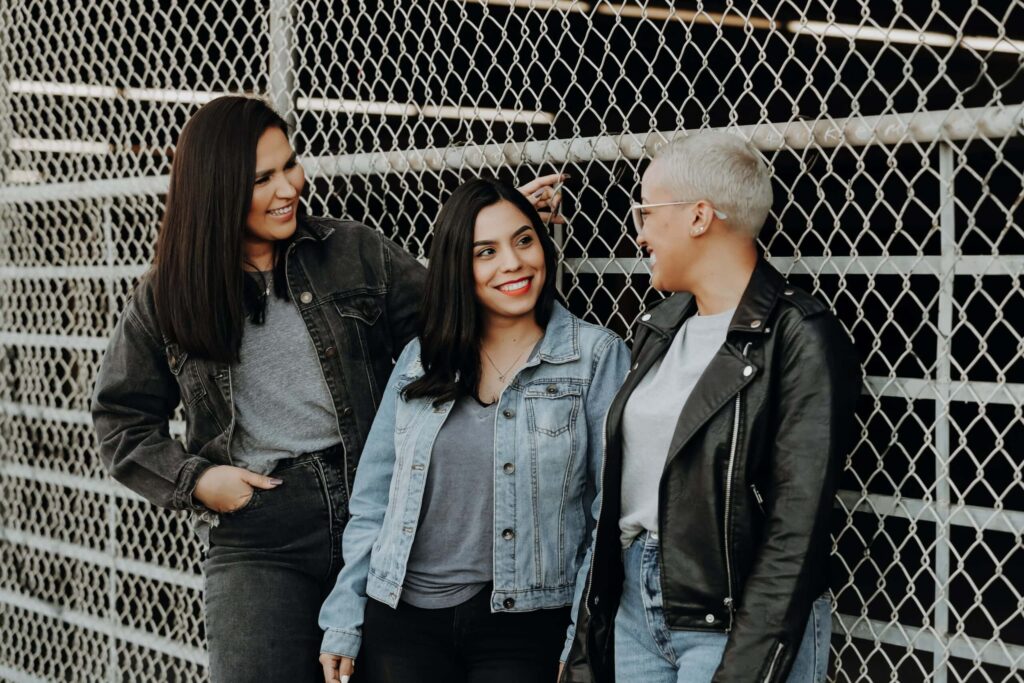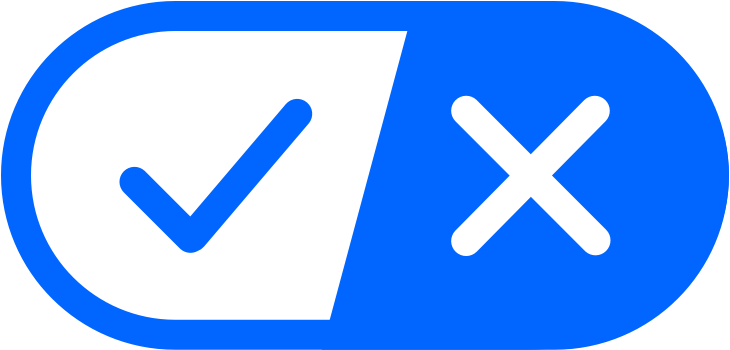What to Do If You Don’t Know Someone’s Gender Identity
There are so many beautiful and unique ways to experience gender, which often varies greatly between individuals.
In a world where the concept of gender continues to evolve, so does gender identity. And truthfully, no matter where someone fits on the gender spectrum, it deserves to be respected.
But what if you’re unsure of someone’s gender identity and which pronouns they use? Do they go by he/him, she/her, ze/zir, they/them, or different pronouns altogether?
Don’t worry, we get it — it can be confusing sometimes!
Even if you’re cisgender (identifying with the same gender you were assigned at birth), it’s important to remember that not everybody else has had the same experience.
The good news: you can still be a great ally for the transgender, gender non-conforming, and non-binary community, no matter how you identify yourself.
In this article, we’ll cover why using the right gender pronouns is important, as well as what to do and what NOT to do if you don’t know someone’s gender identity.
These tips should be applied everywhere, from the workplace to school to the community you live in.
Applying these rules can help create a more welcoming and inclusive world for everyone where all gender identities are celebrated.
Download HER app
Why It’s Important
You’ve likely already noticed by now that not everybody uses traditional pronouns these days, such as he/him and she/her.
When trying to figure out someone’s pronouns, it’s important to understand that you can’t possibly tell someone’s gender simply by looking at them.
Appearance also won’t tell you if someone is genderfluid, transgender, non-binary, genderqueer, gender non-conforming, and so on.
Plus, someone you know might be transgender but still in the closet. They may appear to be one way visually but feel completely different inside.
The reason it’s so important to get it right is that misusing pronouns can often cause people to feel awkward, misunderstood, alienated, and even disrespected — even if that was never your intention!
For many people, pronouns are a way to affirm their validity, so it’s crucial to make an effort to understand them.
Here’s What to Do
DO Ask a Person Which Pronouns They Prefer
The first thing you should do is just ask! To create more inclusive spaces, it’s important to normalize respectfully asking about a person’s pronouns.
Even if it feels awkward for you at first, you can prevent creating emotional distress in others by using the correct pronouns.
You can simply ask, “What pronouns do you use?” This small gesture can go a long way to making people feel more included.
DO Ask Again Later
Keep in mind, it’s never too late to ask for an acquaintance’s pronouns down the line, even if you’ve already met them.
Sometimes an individual’s pronouns or names will also change over time.
By asking them again, most people will appreciate your efforts to be inclusive and not generalize.
DO Introduce Yourself
A great way to find out about someone’s gender identity when you first meet them is by introducing yourself first.
Try saying something along the lines of “My name is Jennifer and my pronouns are she and her. What are yours?”
DO Use ‘They’ and ‘Them’ Pronouns If You’re Unsure
If you find yourself in a situation where you absolutely need to use pronouns (without knowing someone personally) then it’s best to use “they/them.”
Regardless of how that person identifies, removing gendered words from your vocabulary will likely be appreciated.
DO Use Their Name
If you’re still unsure of someone’s pronouns, you can also use their name wherever possible to avoid generalizing.
This is totally acceptable to do until you learn their pronouns.
DO Apologize If You Get It Wrong
Hey, mistakes happen. Sometimes traditional pronouns are so ingrained in us that we slip up from time to time.
If you misuse someone’s pronouns, simply apologize and let them know you’ll make an effort to remember next time.
It’s okay to admit you’re still learning, as long as those around you can see you’re making the effort.
Plus, you’ll find that most people are incredibly understanding!
Here’s What NOT to Do
DON’T Assume Pronouns Based on Appearance
You never want to assume someone’s pronouns based on looks.
Often, many of us only question a person’s gender identity if they’re obviously androgynous. However, assumptions like this can quickly make things a little awkward.
Some people lean more toward the feminine or masculine side, yet identify as they/them or another set of pronouns altogether.
A person’s gender identity may not align with what you perceive it to be just by looking at them.
DON’T Assume Pronouns Based on First Names
You also should never assume a person’s pronouns based on their first name.
Just because someone has a feminine-sounding name, for example, doesn’t mean they identify as a woman.
DON’T Ask Them in Front of a Crowd
If you plan to ask someone about which pronouns they prefer, it’s best to do so privately or in a small setting.
If you ask them in front of a large crowd, it can put them on the spot, especially if they feel the need to explain further.
A group setting is not likely a good time for anyone to educate others on their pronouns or gender identity.
A Safe Community with HER
One thing’s for sure — whichever pronouns you prefer, your identity deserves to be respected and celebrated!
The community on HER is a safe and inclusive place for you to connect with other lesbian, gay, bisexual, transgender, and queer womxn.
Other dating and social apps will require you to select from a small list of pronouns that can feel extremely limiting. For many people, non-inclusive dating apps can be a major cause of anxiety.
The beautiful thing about HER is that you can choose your own pronouns and adjust them at any time!
Our diverse and inclusive community is supportive of everyone, no matter how you identify!
HER is free and super easy to download!
In a matter of minutes, you can have millions of beautiful queer womxn at your fingertips to chat with, date, and who knows — maybe even fall in love!
Sign up with HER now!
Download HER app







